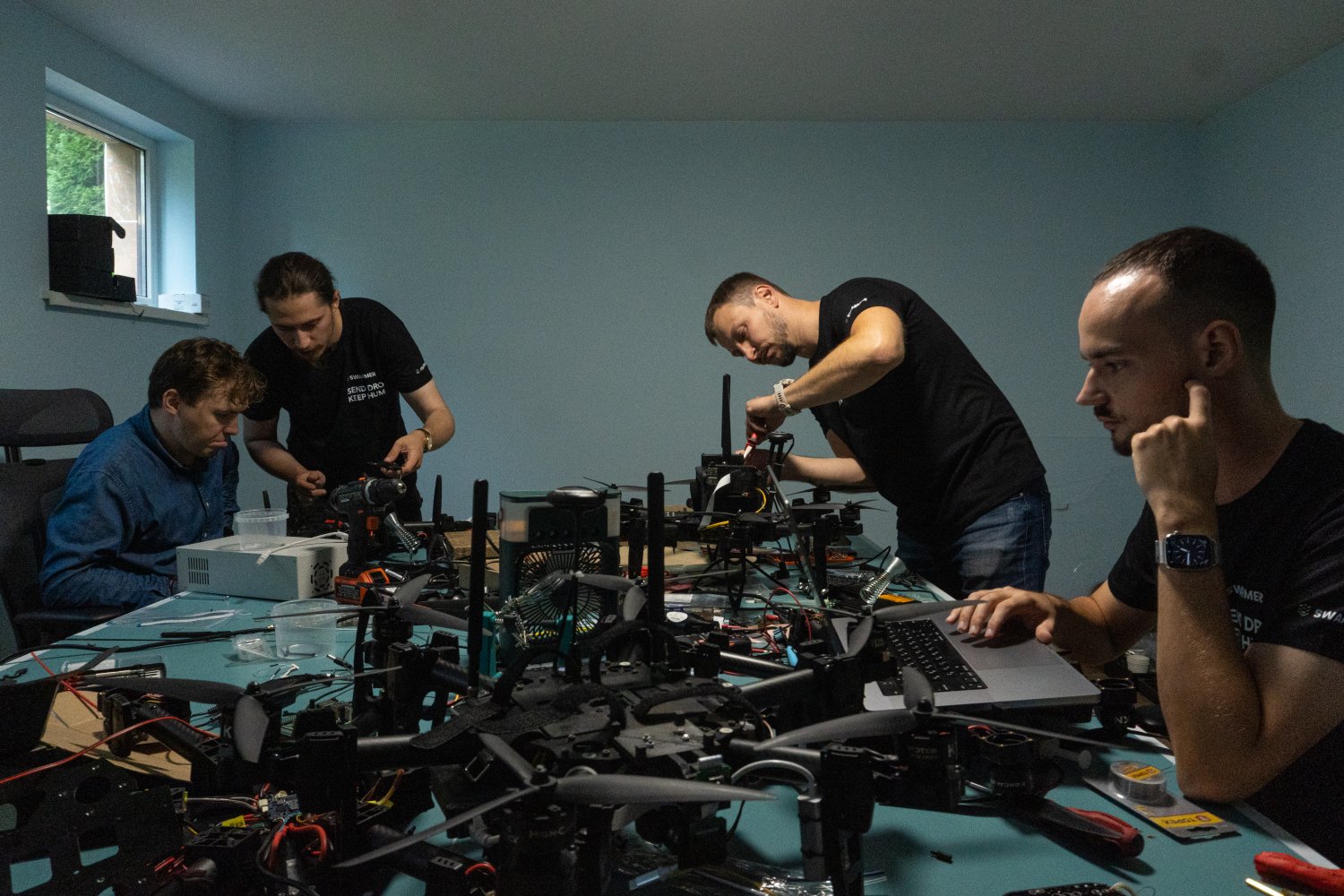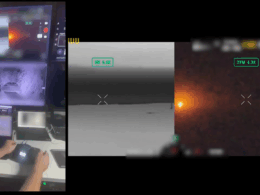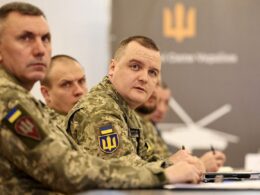Swarmer, founded in May 2023 by Serhii Kupriienko and Alex Fink, has secured $17.9 million in funding to develop AI systems enabling single operators to control dozens of drones.
The company raised $2.9 million in a 2023 seed round and $15 million in Series A funding in mid-September 2025 from American investment funds. Forbes estimates the company's valuation at $35-70 million, though Swarmer has not publicly disclosed the figure.
"We first tested the technology back in 2020. In 2023, we started developing a full-fledged product," the founder said.
Initial development relied on $70,000 in personal investment before attracting backing from D3, the venture fund connected to former Google CEO Eric Schmidt.
"It was a long and difficult process. To raise a round, we had to conduct over a hundred meetings with investors," Kupriienko states, adding: "For us, this is not just money, but also a signal to the market: it is time to invest big checks in Ukraine."
Technology and validation
Swarmer's systems have been tested in over 82,000 actual combat missions. The company's core product, the Swarmer Platform, uses Styx AI to synchronize management of unmanned aircraft and addresses "the key problem on the front — a shortage of qualified pilots."
Kupriienko reports that "one operator can potentially control up to 20 and more drones. But in practice, the numbers are lower so far: we're only beginning to fully integrate systems with partners at scale." The primary limitation is not software but physical preparation. "Each drone requires a team that will carry it, prepare it, check it. This is what limits the scale," he explains.
Human control in targeting
The company maintains human oversight of target strikes. "The operator is responsible for the decision to strike a target. The system can automatically cancel a task if it is inaccessible, or change the target, but the final decision to strike remains with the person," Kupriienko states.
On full automation, he notes: "While it's difficult to say a specific time when AI will fully do all the work, the speed of decision-making by an automated system already significantly exceeds human capabilities. Right now everything works as in a classical army: command gives permission to eliminate a specific target."
Scaling and training
Training operators requires minimal time. "Someone who just finished school can master the system in half an hour. An experienced pilot will spend a few hours, because they get a lot of 'what if?' — and these are the most valuable questions," Kupriienko explains.
The company has expanded beyond fixed-wing drones. The company started working with large drones, and now their system is already adapted for them. While 90% of current work involves flying drones, the technology integrates with various robotic platforms. "No complex system will work until you assemble a team and test everything together on the battlefield," Kupriienko states.
Competitive dynamics
Within Ukraine, Swarmer cooperates with other drone developers. "In Ukraine, there are a few teams, but I don't consider them competitors — we're all still too far from true competition. We'd rather share experience and support each other," Kupriienko explains.
In the world there are large corporations developing similar technologies and integrating them into their large-scale systems, and there are small startups testing solutions in Ukraine. "This is good: the market should be saturated with different approaches," he said.
Russia poses a serious competitive threat. "The enemy has a significant resource advantage and can afford systematic planning of technology development. They work according to a roadmap: conditionally, in November they launch one solution, in December — another. They have the strategic initiative and can regulate the intensity of hostilities, and we are forced to react," Kupriienko states. This asymmetry drives urgency. "So we're not just in a chase, but in a serious race."
Future strategy
Swarmer's 45-person team currently operates under commercial contracts. Regarding long-term direction, Kupriienko explains: "We have a clear strategy: in the long term, the company will either be acquired by a major market player or go public. For me, it is important that in any case we preserve work with the Ukrainian market and prioritize our military."
Beyond defense, civilian applications exist but remain secondary. "Yes, we have several projects, but right now they are not a priority. We will return to them after victory. For example, electrical grid inspection or border control — these are tasks that are perfectly solved by automation," Kupriienko notes.





